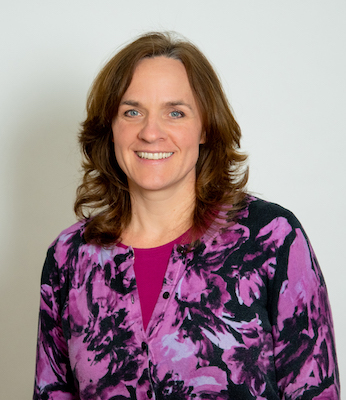The Driftless Area, a region covering 24,000 square miles of southwestern Wisconsin, southeastern Minnesota, northeastern Iowa, and the extreme northwestern corner of Illinois escaped glaciation in the last ice age and as a result is characterized by steep forested terrain, rocky cliffs, deep river valleys and rolling hills.
The geography is great for grazing cattle, as the hills tend to stay dry and there are abundant trees to provide shade, not to mention the hills make it more challenging to grow row crops.
Nevertheless, an analysis from Iowa State University of data from 14 medium-sized river basins in the Driftless Area from 2006-2017 gleaned from the USDA’s National Agricultural Statistics Service (NASS), shows that each watershed in the region saw an average increase of 20,000 acres or more planted to row crops. In five of these watersheds, the increase represents a greater than 30% change. In four of the watersheds, the increase is less than 10%, and in the remaining five the increase is in the 10-30% range.
The analysis goes on to show that more than half of the land converted to row crops had been in grass or pasture and another 27% had been alfalfa or some other hay crop before being converted to row crops (corn, soybeans and wheat).
The driving force behind this shift from perennial crops and pasture is a consolidation in the dairy industry, with smaller farms with fewer than 100 cows giving way to larger farms with 500 or more cows. There has been a small corresponding decrease (less than 10%) in the number of dairy farms.
The data does not include information on the tillage practices used in these dairies, but considering that the 2017 Census of Agriculture indicated no-till acreage in Iowa and Wisconsin each increased by 4.4% and 4.2% respectively from 2012-2017 and Minnesota’s no-till acreage increased only 1.3%, it stands to reason that much of this acreage recently converted to row crops is seeing more tillage now than it was before.
The implications of this shift is concerning, especially as the hilly topography of the region means the land is vulnerable to soil erosion. Plus, all of the watersheds in the area drain into a Mississippi River tributary. Considering the higher-than-average precipitation the region has seen in the same time period, it’s likely that this industry consolidation is having the unintended consequence of increased runoff from the area making its way to the Gulf of Mexico.
Farm consolidation seems likely to continue for years to come, reflecting the vision of Earl Butz, Secretary of Agriculture under Presidents Richard Nixon and Gerald Ford, whose mantra to farmers was “get big or get out.” This sentiment was echoed by current Secretary of Agriculture Sonny Perdue who in October 2019 said “In America, the big get bigger and small go out” when asked about the plight of dairy farmers in Wisconsin. The challenges posed by the coronavirus pandemic seems likely to exacerbate the problem as smaller operations may be less able to weather the volatility that has ensued.
We won’t know how this all shakes out for some time, but at the end of the day, we need to keep our soil in place if we want a healthy industry that can produce food for people and an adequate income for farmers. We need more no-till.






